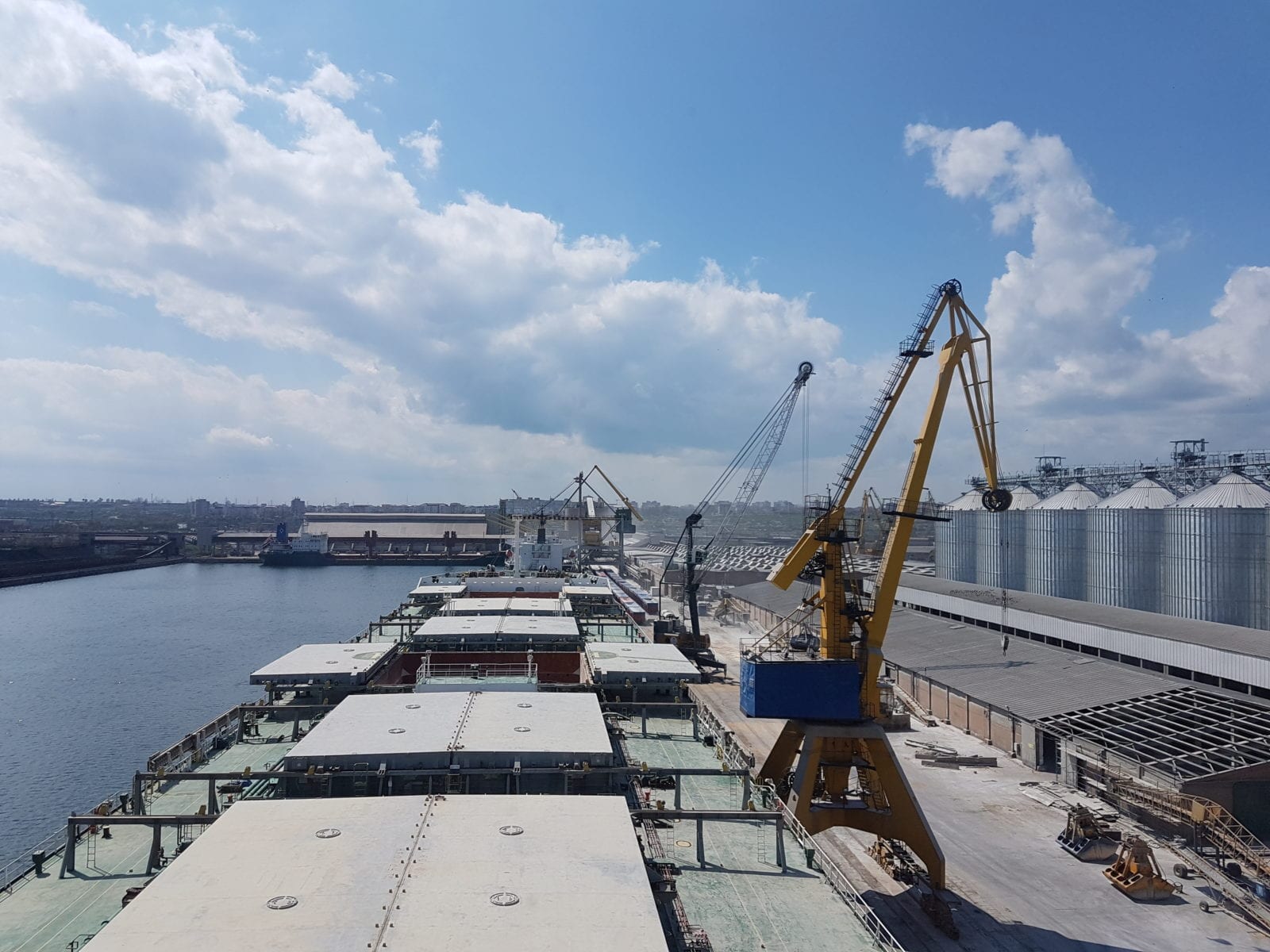Cargill Executive Sheds Light on Markets, Sustainability Efforts
- Category:
- Virtual Events

Soybean prices strengthen as China continues its buying, and dry weather in South America potentially limits global soybean supplies.
In a virtual event hosted by the U.S. Soybean Export Council (USSEC), Cargill’s Head of Corporate Trading and Executive Vice President for the Agricultural Supply Chain Joe Stone said prices could go higher as markets continue in ”rationing” mode.
“If the function of the market today is to continue to ration, then we probably have to go a little bit higher than where we are today,” Stone said. “But that could be a very, very choppy ride depending on the weather we have in Argentina.”
If Argentina starts getting precipitation, the soybean market could be nearing the highs. If dry conditions persist, markets could go higher still, he said.
Soybean prices closed at $13.65 per bushel Jan. 6, a level not seen since June 2014.
Global Demand
Global soybean demand has grown 250% since 1990, noted Jim Sutter, CEO of USSEC. He wondered if the recent price rally puts global demand for U.S. soy at risk.
However, China’s rebuilding of its hog inventory after African Swine Fever decimated herds is helping boost soybean prices. Both Sutter and Stone expect demand to also strengthen as customers resume normal dining habits put on hold during COVID-19.
“Customers in China who consume the meal that we produce are definitely in expansion mode, and that’s really good for soy demand longer term,” Stone said.
Soy reserves have dwindled in the past five years, and the country is looking to the United States to rebuild their stocks. This bodes well for soybeans, Stone added.
“Chinese demand is real, and I think it’s a positive for our grain markets over the course of the next 12 to 24 months,” he said.
Expanding opportunities to sell soybeans globally is at the heart of U.S. Soy’s mission. Increased demand for U.S. Soy underscores the importance of maintaining the soybean industry’s presence around the world through USSEC, said Jeff Jorgenson, president of the Iowa Soybean Association.
“We could be nine months away from harvesting a record-sized crop, but that record crop needs demand to be able to move it,” Jorgenson said. “We rely on USSEC as our boots on the ground to be able to do that.”
Hearing Stone say there were no major hiccups in delivering U.S. soybean products to global customers despite the global pandemic reaffirmed the strength of the supply chain, Jorgenson said.
“If there’s demand, we have to be able to supply it,” Jorgenson added. “Even through COVID, we are efficiently getting grains moved to ports around the world with strength in demand. It’s nice to know we’re still able to do that.”
Ag, A Part of the Solution
Globally, consumers continue to ask questions about their food and ingredients, from where it was grown or raised to how.
Stone said that sustainability, along with climate change, are the defining issues of our time.
“We believe that ag is part of ‘the how,’ that ag is part of the solution,” he said. “There’s a tremendous amount of potential for what we can do in agriculture to help mitigate and fight climate change.”
Sutter said that while sustainability is increasingly important, it doesn’t appear that the flow of commodities rewards for such characteristics.
While consumers ask for more sustainable solutions, Stone acknowledged that most of the time companies buying Cargill ingredients do not see a premium; yet, he believes that will evolve over time.
Sutter mentioned that he’s seeing more connection between sustainability, traceability and transparency.
As China represents about 60% of world trade, the importance is less on sustainability and more on food security so there’s been less emphasis on that, explained Stone. On the opposite end of the spectrum is Europe with some of the most specific requirements, but they represent a much smaller percent of world trade.
“As suppliers and as industry, we have to manage both ends of that curve,” Stone said.
He added that when it comes to sustainability, U.S. farmers are really well positioned to monetize their stewardship of the land, and to monetize from the carbon credits that can come from it.
Through its work, Stone shared that Cargill supports 750 farmers in 12 programs (including The Outcomes Fund of which Iowa Soybean Association is a partner) with about 300,000 acres to target soil health practices that help mitigate greenhouse gas emissions and reduce the impact of climate change. Some of these partners include the Nature Conservancy, McDonald’s and Target.
“There are some really interesting opportunities for farmers to participate in a green future,” Stone said. “We believe that carbon credits, that if we can make it easy and make it simple, will deliver a lot of value.”